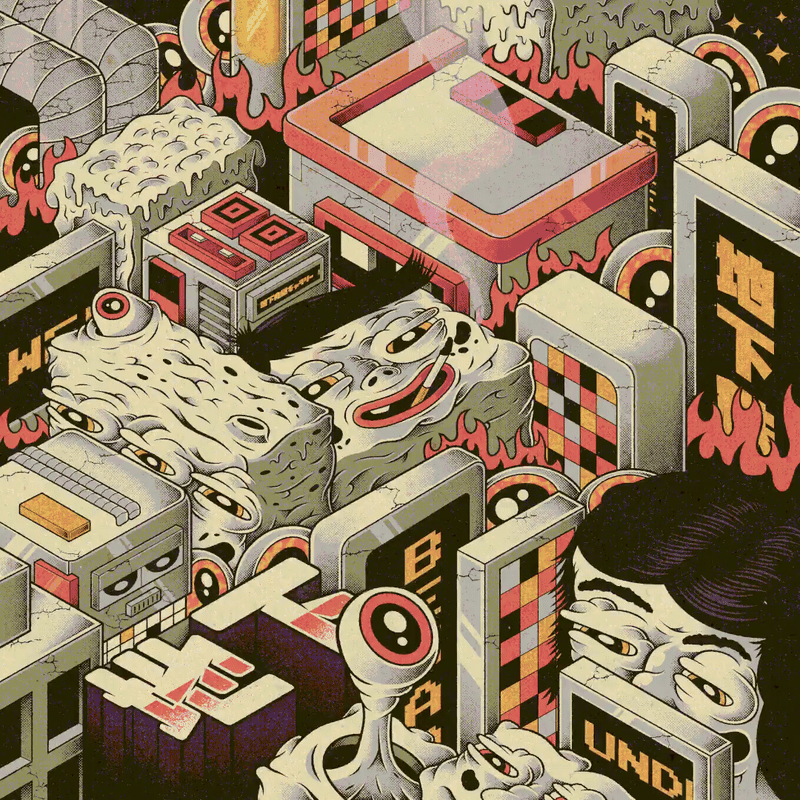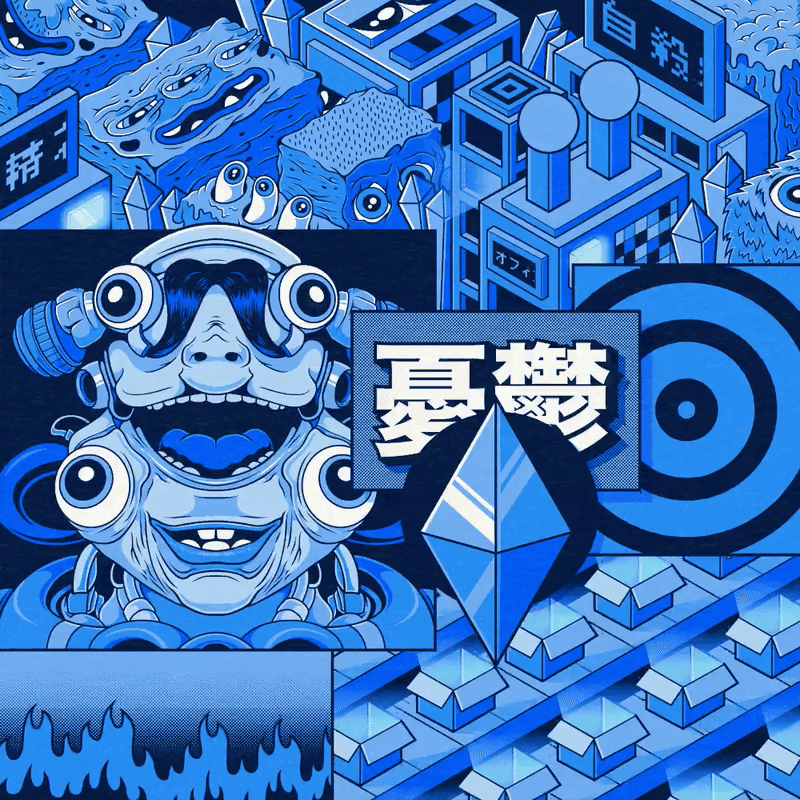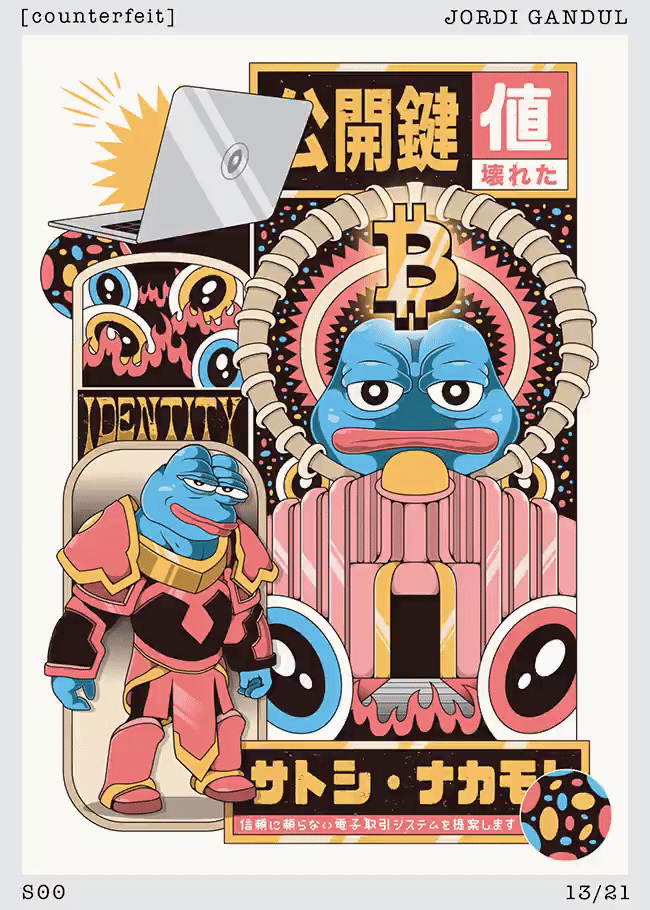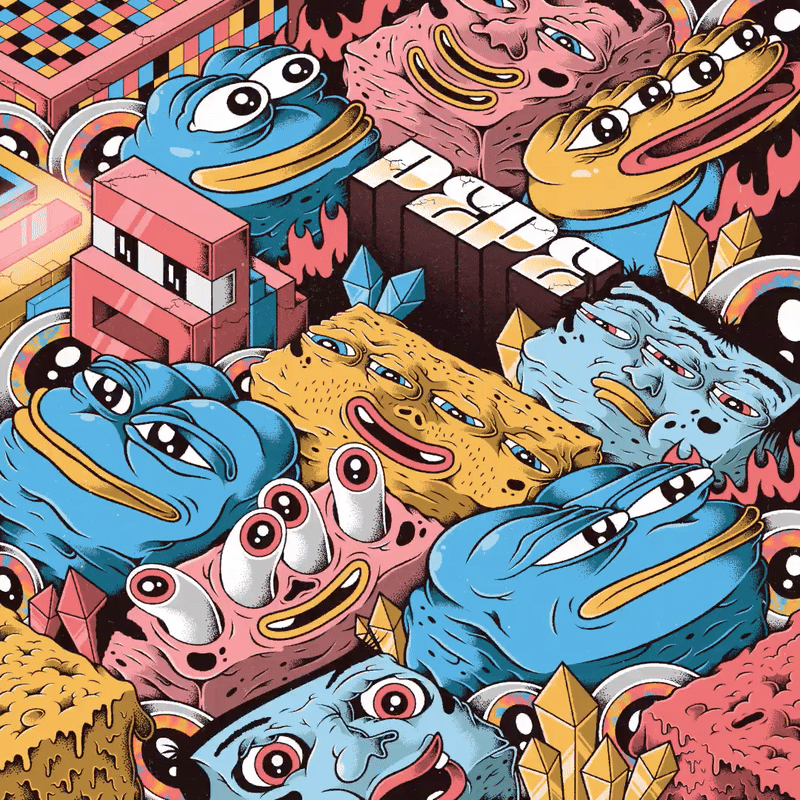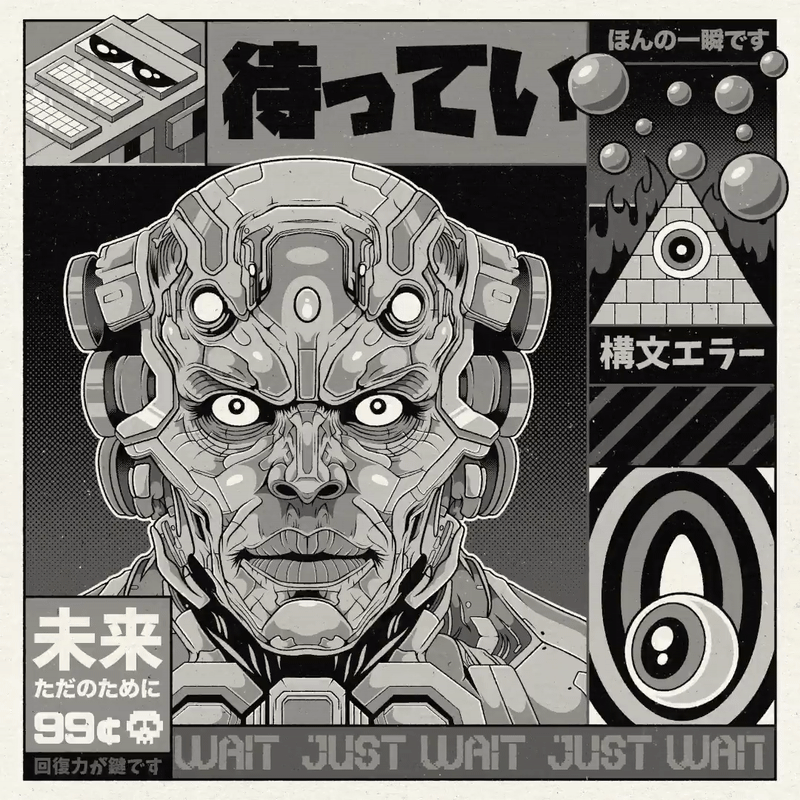Jordi Gandul: Worlds Between Chaos and Play
September 2, 2025
Jordi Gandul’s art is instantly recognizable, cityscapes teeming with detail, surreal characters bending reality, and a playful energy that draws you in. But before NFTs and digital illustration, his roots were in traditional art and graphic design. That early training still guides everything he makes today.
“From traditional mediums, I learned patience, composition, and the importance of texture and form, things you can’t fake with digital tools,” he explains. “Graphic design, on the other hand, taught me clarity, balance, and how to communicate visually with intention.”
Even as his practice shifted into digital work and NFTs, those foundations remained.
“I still approach a canvas, whether physical or digital with the same discipline of sketching, layering, and refining. And my design training pushes me to think about how my work lives in context: on a screen, in a collection, or as part of a larger cultural conversation.”
Building a Language of Cities and Characters
Gandul’s style emerged through curiosity and experimentation. Fascinated by the rhythm of cities, the way architecture, signage, and people collide into chaotic but strangely beautiful patterns he began blending those environments with surreal characters.“It allowed me to build worlds that feel familiar but slightly tilted, playful yet uncanny,” he says.
Influences range from street art, graphic novels, and animation to the surrealist tradition of Dalí and Magritte. Video games also shaped his attention to detail and immersion. The result is a visual language that’s both intricate and lighthearted, inviting viewers to pause, explore, and smile at the oddness stitched into each frame.
Adapting to Blockchains
Having minted on Tezos, Ethereum, Solana, and now Bitcoin ordinals, Gandul has experienced how different ecosystems shape not only communities but also the art itself.“Tezos felt very grassroots and experimental, with lots of artists pushing boundaries together,” he recalls. “Ethereum had a different energy, more established collectors, larger markets. Solana felt fresh and fast, with a younger community eager to experiment.”
Ordinals, though, pushed his practice in unexpected ways.
“The constraints strict file sizes, small ‘canvas’ limits force me to think differently. It becomes less about endless detail and more about clarity and making every pixel count. Those limitations actually spark new creativity, because I have to strip things down to their essence.”
Stories That Write Themselves
Works like Deep Jungle 2 or Vice City feel like entire stories condensed into single frames. But does Gandul plan those narratives in advance?
“It’s a mix of both,” he says. “I usually start with a seed of an idea, a mood, a setting, maybe a loose narrative. But once I start building, the piece almost takes on a life of its own. New details creep in, shifting the story in unexpected directions. I like that unpredictability, it keeps the process playful and alive.”
Looking Ahead
Though digital remains his primary focus, Gandul still sketches daily and dreams of returning to large-scale canvases.
“Right now, I’m fully immersed in digital experiments, working on new pieces in very different styles. But eventually I’d love to build a full body of large paintings again. It’s on the horizon.”
For now, his art continues to evolve across blockchains and screens inviting us into surreal worlds where chaos, humor, and detail collide.
Join the discussion on Twitter…


